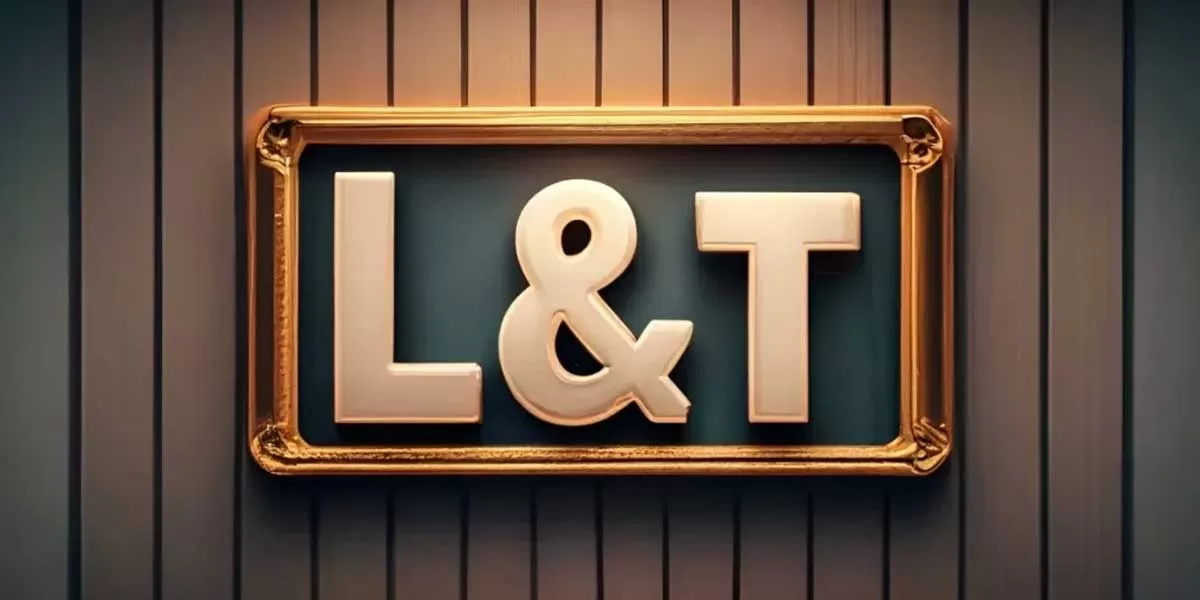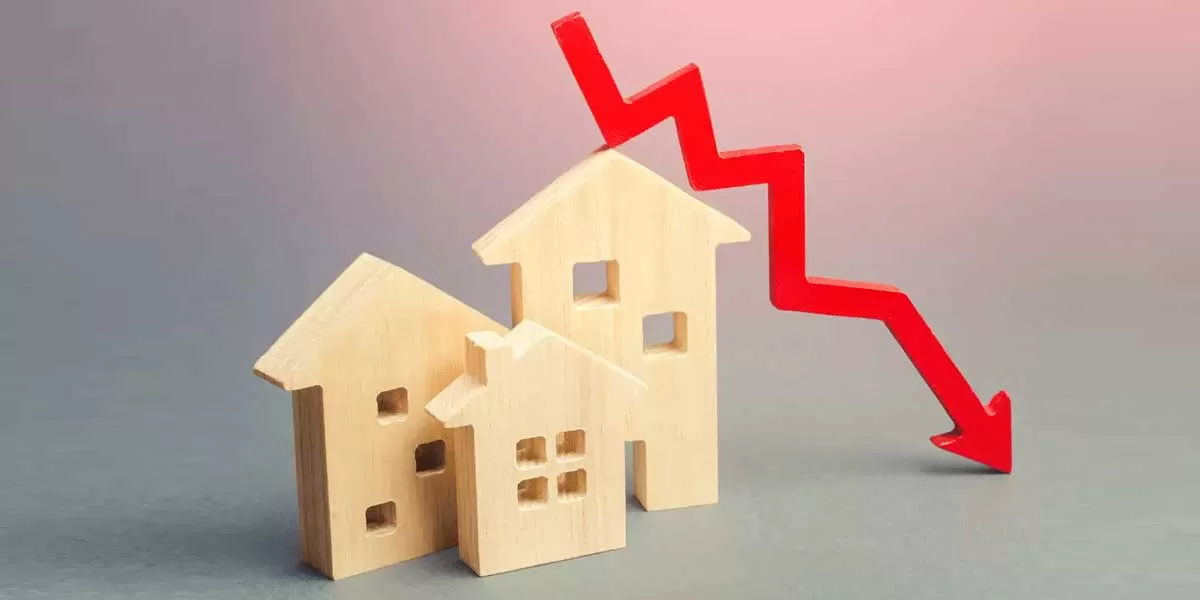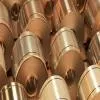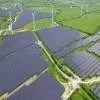

L&T subsidiary opens new manufacturing unit in Saudi Arabia
L&T Valves Ltd., a subsidiary of Larsen & Toubro, established a new manufacturing plant in Al Jubail, Saudi Arabia, next to the Dammam-Abu Hadriyah Highway. One of Saudi Arabia's main providers of on-off valves is L&T Valves.
The manufacturing facility is being opened with the intention of satisfying the increasing demand from the Middle East. In keeping with Saudi Vision 2030, Anil V. Parab, Whole-time Director and Senior Executive Vice President, Heavy Engineering and L&T Valves, emphasised that the new facility will greatly improve local manufacturing capabilities..

LIC Housing Finance net profit dips 9.14% in Q4 of FY24; Rs 10.8206 bn
LIC Housing Finance disclosed a 9.14 % decline in its net consolidated profit for the quarter ending March 31, 2024. Its profit after tax reached Rs 10.8206 billion in Q4 FY24, down from Rs 11.9088 billion in the corresponding period of the previous fiscal, as per the company's filing with BSE. The net consolidated total income for Q4 FY24 amounted to Rs 69.4861 billion, marking an 8.04% increase from Rs 64.3123 billion in the same quarter last year.
Tribhuwan Adhikari, MD & CEO said, "Our focus on reduction in NPA and control over cost of funds have enabled us to close the year with a..

IEX reports 13.7% spike in annual volume; 110.1 billion units in FY24
The Indian Energy Exchange (IEX) disclosed a notable 13.7% uptick in total volumes, reaching 110.1 billion units (BU) for the fiscal year ending March 31, 2024. The company unveiled its audited standalone financial outcomes on May 15, 2024, spotlighting a robust revenue surge of 16.2% to Rs5.508 billion. Profit After Tax (PAT) for the year marked a commendable ascent of 16.7 %, reaching Rs3.414 billion, while consolidated PAT escalated by 14.7 % to Rs3.508 billion. In the fourth quarter alone, IEX observed a notable 15.5 % surge in total volumes, recording 30.1 BU. Quarterly revenue soared to ..














